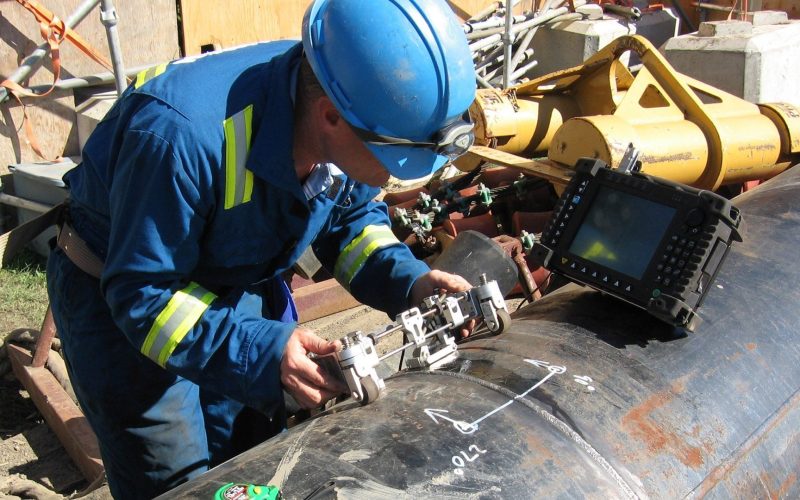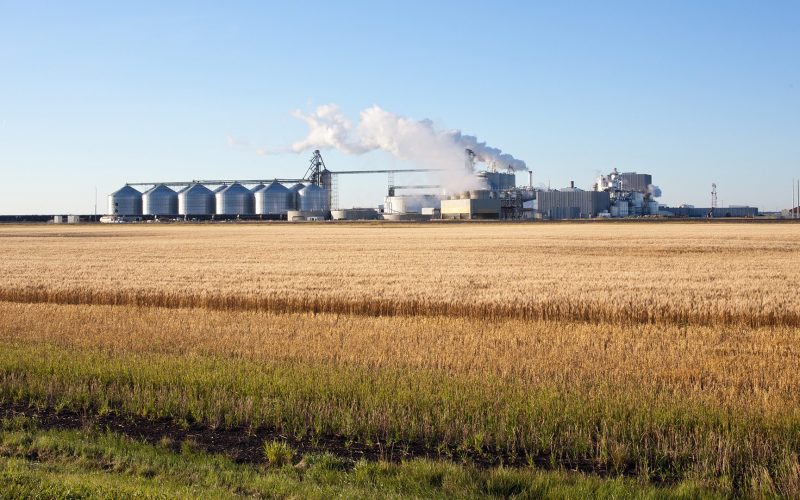THE VOICE FOR THE ENERGY CONSUMER

CEA Mississippi State Director explains how revenue from energy developed in the Gulf benefits coastal beautification efforts and helps economic development. Supporters and skeptics of the federal government’s proposed offshore.

Six Michigan House Democrats released a joint statement on Thursday, July 11th, calling on Attorney General Dana Nassel to stop efforts to shut down Line 5. Our natural resources and.

CEA Mid-Atlantic Director, Mike Butler, discusses why Governor Murphy’s Energy Master Plan will have a dramatic and negative impact on New Jersey residents. Over half of the state’s households, businesses.

CEA President, David Holt, joins the Pipeliners Podcast to discuss the latest political topics surrounding and impacting the pipeline industry. Listen to the podcast here: Pipeliners Podcast
.
TRENTON, NJ – Consumer Energy Alliance (CEA) Mid-Atlantic Director Mike Butler delivered testimony at the first series of stakeholder meetings being held on the Draft New Jersey Energy Master Plan.

New Mexico is full of heritage, with many farmers and ranchers tracing family ties back to Homesteading during the mid-late 1800s, as this part of the Southwest started to become.

Vice President of U.S. Operations Enbridge, Brad Shamla, responds to a recent piece and explains why facts are key in understanding the need for pipeline projects like Enbridge’s Line 3.

If you’re anything like me: an individual who wants environmental sustainability but also wants to pay your energy bills without making your wallet cry, then keep reading. In today’s world.

When you sit down to eat, do you ever consider where your food comes from or what it takes to produce it? Seriously – and I’m not referring to your.

The President of the United States yesterday laid out in detail the environmental progress our country is making. “The United States has a tremendous environmental record. By virtually every measure,.